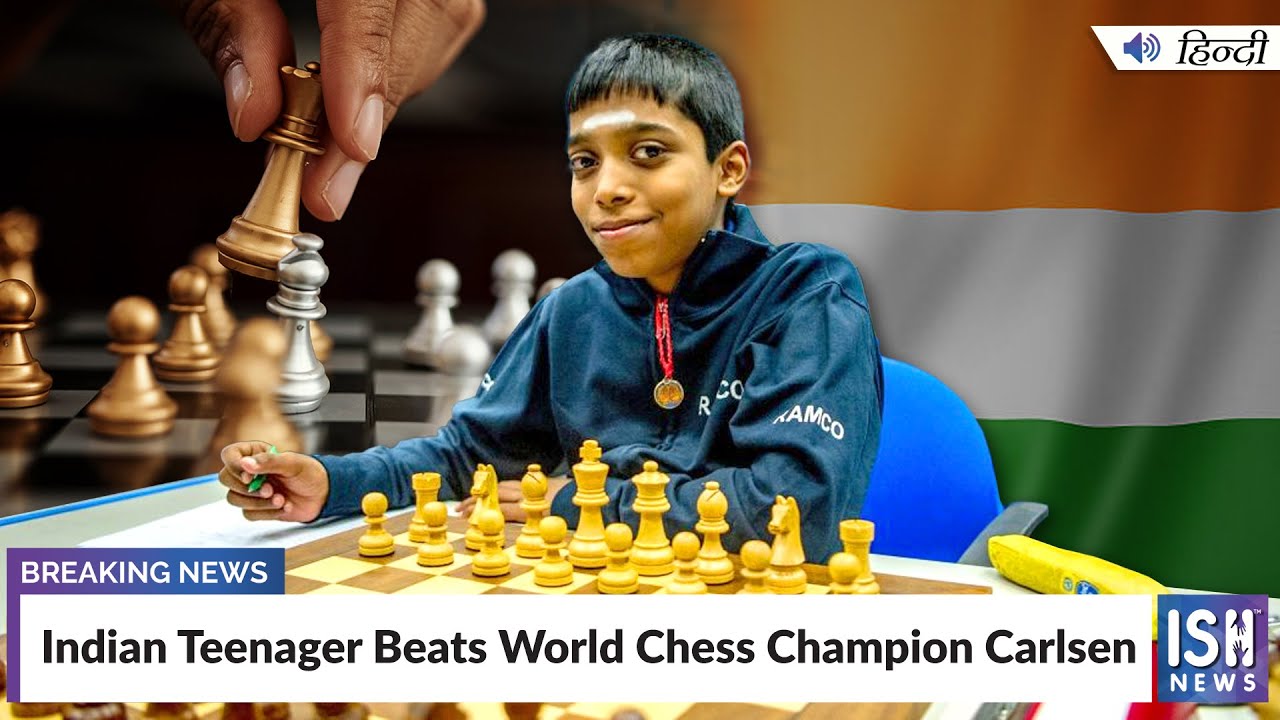Garry Kasparov, a man who knows a thing or two about chess dominance, recently declared, “The `children` of Vishy Anand are on the loose!” This wasn`t a whimsical remark but a profound observation, echoed again when he proclaimed, “The era of `Vishy`s children` is truly upon us!” These statements, marking Gukesh Dommaraju`s Candidates triumph and later his World Championship victory against Ding Liren, pinpoint a seismic shift in the global chess landscape.
Indeed, a casual glance at contemporary chess reveals a recurring theme: young Indian players consistently vying for, and often seizing, top honors. Dig a little deeper into social media archives, and you`ll often find these rising stars, in their youthful avatars, receiving awards from none other than Viswanathan Anand himself. It`s a visual metaphor for a mentorship and an inspiration that has fundamentally reshaped the game.
Gukesh Dommaraju: A King Crowned by Fearless Innovation
Gukesh`s ascent to the World Champion title is a narrative of audacious youth challenging established might. At the Candidates tournament, he was the youngest contender, rated below five of his seven seasoned opponents. Yet, he systematically dismantled expectations, overcoming formidable players like Fabiano Caruana, Hikaru Nakamura, and Ian Nepomniachtchi. His World Championship match against Ding Liren further solidified his reputation. Facing positions that many would concede to a draw, Gukesh pushed, innovated, and persevered. His relentless pursuit of victory, rather than settling for shared points, is a hallmark of this new generation`s philosophy – a trait that now sees him holding the most coveted title in chess.
Divya Deshmukh: Breaking Through Traditional Strongholds
The latest testament to this Indian resurgence came at the FIDE Women`s World Cup in Batumi, Georgia. Divya Deshmukh, in an all-Indian final against the experienced Koneru Humpy, secured the biggest prize of her career, simultaneously earning the Grandmaster title. This victory is particularly significant as women`s chess has historically been a Chinese stronghold, with their players dominating the World Champion title for decades. Divya`s win, like Gukesh`s, showcased a remarkable tenacity. She navigated through challenging encounters against players like Zhu Jiner, Harika Dronavalli, and Tan Zhongyi, and even in the final tie-breaks against Humpy, her ability to “push and push” until the finish line proved decisive. This triumph marks not just a personal milestone but potentially the beginning of a new chapter for Indian women in global chess, challenging long-held power structures with youthful confidence.
The Unstoppable Indian Chess Conveyor Belt
India`s sustained production of elite chess talent is nothing short of remarkable. The nation now boasts three players in the top six of the open FIDE standard ratings, and four in the top 20 of the women`s standard ratings. Beyond Gukesh, the likes of R Praggnanandhaa, Arjun Erigaisi, and Nihal Sarin are consistently performing at the highest levels. Players such as Vidit Gujrathi and Aravindh Chithambaram are also on the cusp of the top 20, further illustrating the depth of talent.
What`s particularly interesting is the diversity in their strengths. While Gukesh and Praggnanandhaa have demonstrated their exceptional prowess in classical chess, Erigaisi has shown incredible promise in faster time controls, reaching high stakes at events like the World Rapid Championships and the eSports World Cup. Nihal Sarin, too, has garnered acclaim for his speed in online chess, aiming to translate this agility to over-the-board performances. This spectrum of abilities suggests that India`s dominance isn`t reliant on a single style or format but is broad-based and adaptable.
At the previous Candidates tournament, three Indians competed. With Praggnanandhaa poised to qualify via the FIDE circuit and Erigaisi having multiple opportunities, the next Candidates could see a similar, if not greater, Indian representation. And with Gukesh already awaiting his World Championship defense, the landscape is unequivocally changing.
Anand`s Enduring Legacy: From Champion to Godfather
Imagine telling Viswanathan Anand during his own illustrious peak that one day, an all-Indian World Championship match would occur, contested by players affectionately termed “Vishy`s kids.” It would have seemed an audacious, almost fantastical, prediction. Yet, in 2026, dismissing such a possibility would be profoundly unwise.
Anand remains an active, hands-on figure, a true godfather watching over this formidable generation. His influence extends beyond mere inspiration; it`s a structural bedrock for Indian chess. This era isn`t just about individual brilliance; it`s about a collective phenomenon, meticulously nurtured and unleashed.
The numbers don`t lie, and the victories speak volumes. Indian chess is not just rising; it is taking command. To paraphrase a well-worn English idiom, for the game of chess, it appears a new home has been found, and it`s adorned with the tricolor.

